No matter how high-quality your products or services may be, you won’t reach consumers if you don’t have a good website. Optimizing your website boosts your SEO, or search engine optimization, which translates to higher visibility, conversion rate and revenue.
Lead to Conversion™ is a search and digital marketing agency that employs proven SEO tactics to elevate your website and increase your client base and brand recognition. One of the most essential services offered is page speed optimization. As Google plans to roll out its Core Web Vitals update in May 2021, it’s more important than ever that websites provide a smooth, swift user experience.
Why Page Speed Is Important
Over half of mobile users will immediately exit a page if the website load time takes over three seconds. Ultimately, it doesn’t matter how good your website and stylesheets look or how high-quality your content is; if it takes too long to load, people aren’t going to stick around to see the final product.
A quick site speed isn’t just convenient; it elevates the user experience and boosts your brand recognition. People aren’t going to trust the quality of your products and services if you have poor website performance and functionality.
The main reason page speed is important is that it affects your visibility across Google searches. If you have a high bounce rate, Google will consider your website undesirable.
How Speed Affects Ranking Factor
Over 65% of online experiences start with a search engine — the higher ranking your site is, the more clicks it’s going to get.
To determine how high your website ranks in terms of organic search results, Google uses a mobile-based algorithm that takes into account your website speed and layout on mobile devices. The algorithm underwent some changes during a 2018 speed update, which increased the importance of page load time for SEO rankings.
In May of 2021, Google will be implementing further changes to its algorithm through a Core Web Vitals update, which will take into account three main factors:
- Loading time
- Time spent on web server
- Visual stability
The most important element of the new update is how long a web page takes to load its content; the higher the load speed, the lower the SEO ranking. It will also consider the amount of time users spend on a website, as well as its visual stability (for instance, poor pixel quality and difficulty loading image files hurts visual stability).
Now that you know the importance of a fast load time, you’re probably wondering, “How do I optimize my loading speed?”
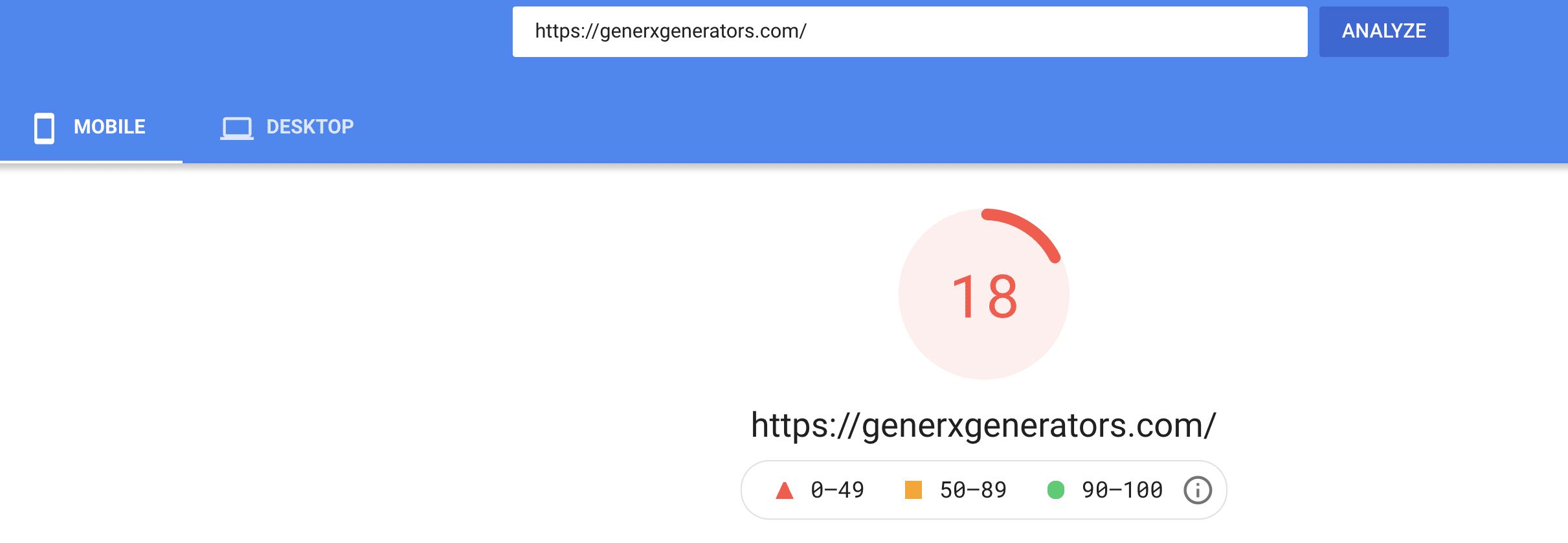
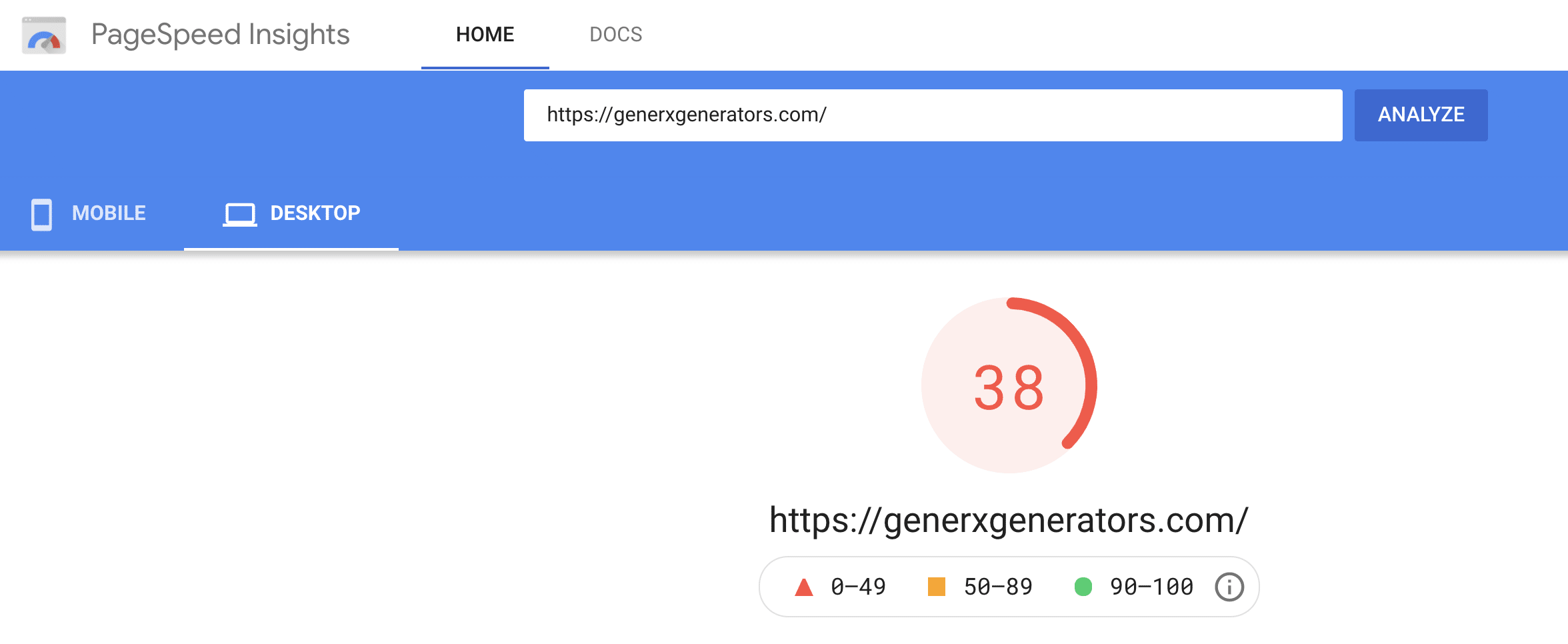
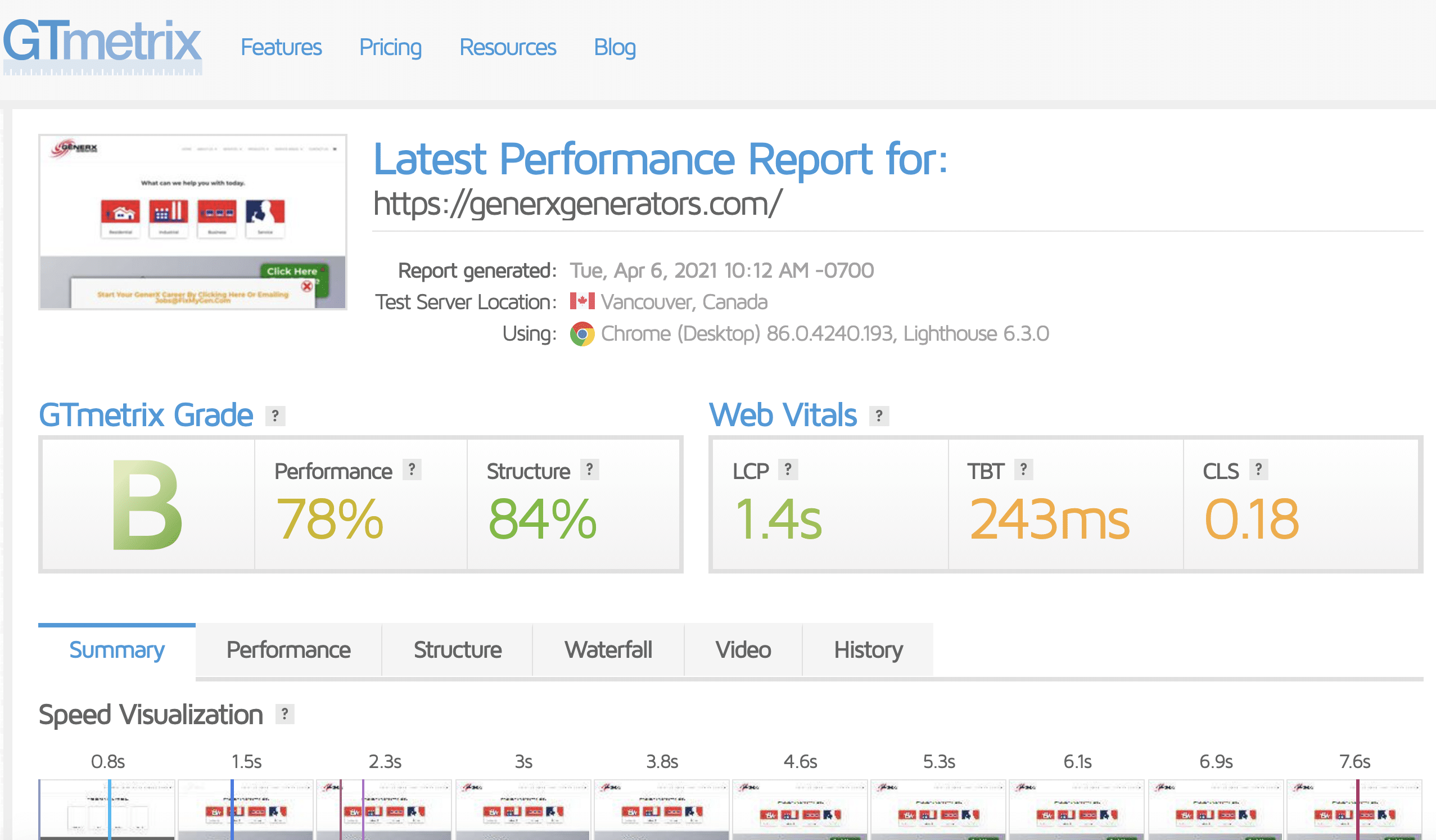
Boosting Your Page Speed
The best way to optimize your website is to contact a professional page speed optimization service, such as Lead to Conversion™. In addition to optimizing your SEO through backlinks, keywords and website design, we will ensure your site meets the expectations of Google’s algorithms. Here are some tactics that increase your speed.
Compression
If your image sizes and files are too large, your website will have difficulty loading features. Compression is a method that minimizes the size of your files, such as:
- CSS
- HTML
- JavaScript
Some websites may attempt to compress file size on their own by using programs such as gzip. While this helps with load time, it can also negatively impact the quality of your images. We perform image compression and optimize large images without sacrificing quality, guaranteeing a positive user experience all around.
Browser Caching
A big reason websites lag is that they load unnecessary data and files that don’t actually contribute to the site quality. Through browser caching, we can take extra CSS files, images and information and temporarily store it, consequently decreasing your load time. Caching also allows users to determine expiration headers, keeping your data for a predetermined amount of time.
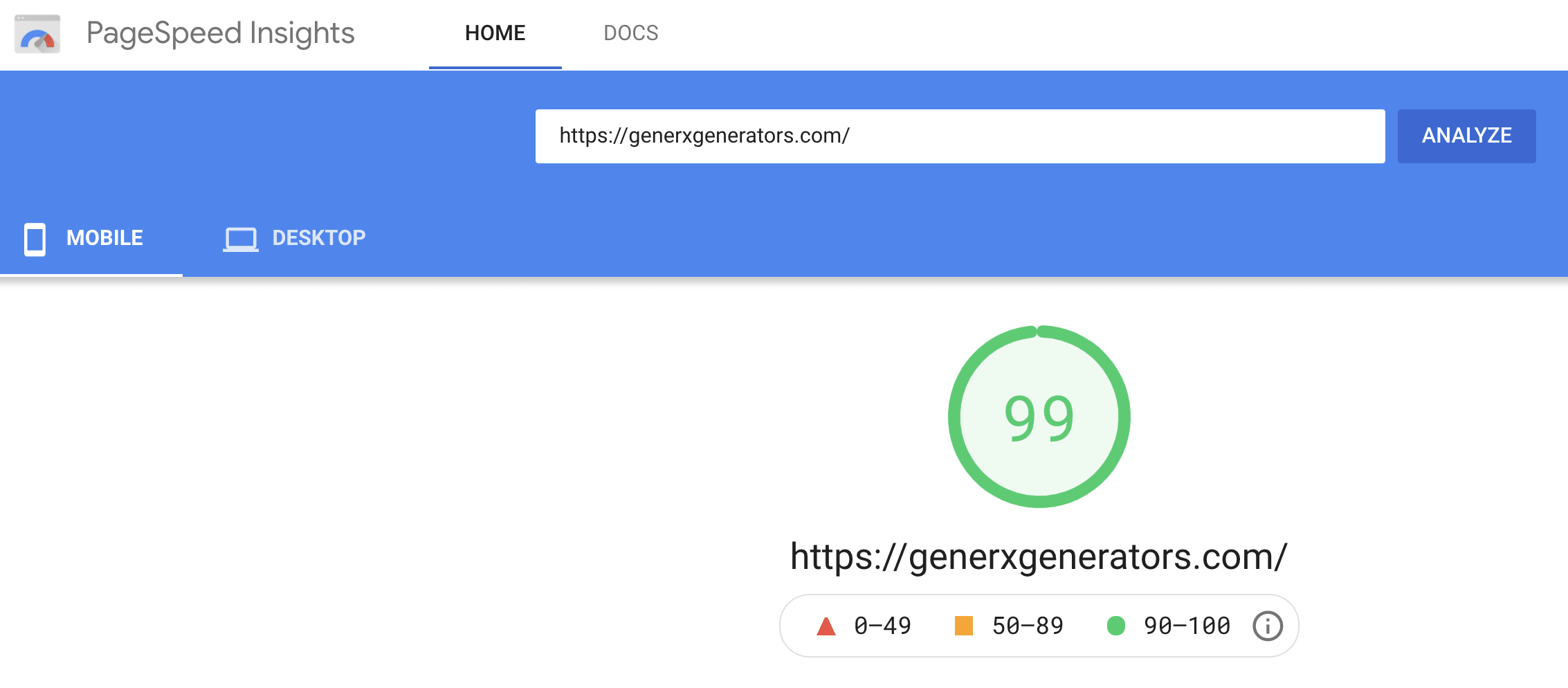
Minification
Many site owners don’t realize that minifying their HTML, CSS and JavaScript files can make their site load faster; in fact, many site owners may not even realize how to minify their code.
In essence, minification involves getting rid of unnecessary characters in your code that may be causing lag, such as random punctuation and spaces. By evaluating your site code, we can make sure it’s efficient and not interrupting your web operation.
Content Delivery Networks
Your bandwidth, or the rate at which your site transfers data, can affect your site speed — particularly if your data is above capacity. For example, if someone tries uploading a file or your site responds to a user request, that increases your data usage.
Sometimes, this data may be too much for your site to handle. We help by connecting you to content delivery networks. CDNs manage data by storing copies of your site across different geographical servers. Users can quickly receive your site information from the CDN nearest to them.
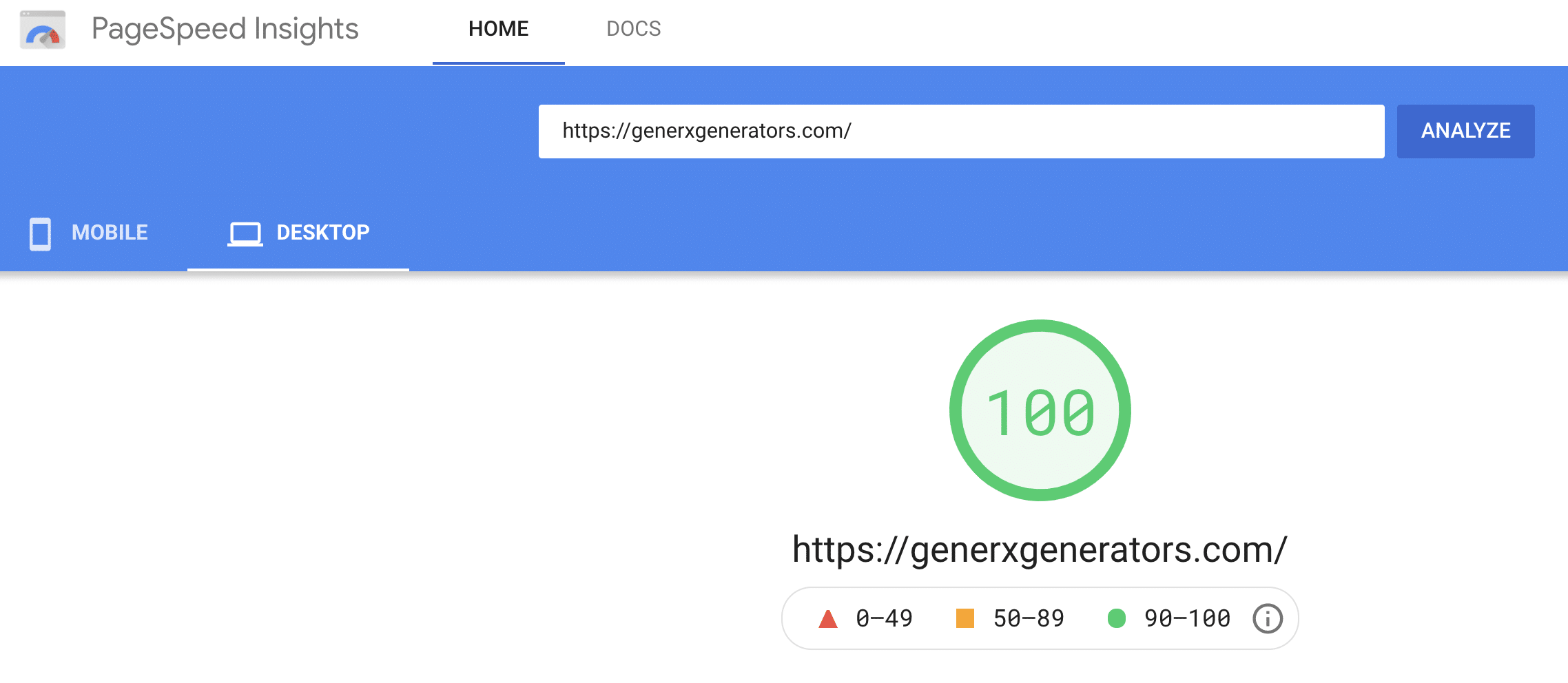
Plug-Ins
Learning how to use Google Chrome plug-ins to your advantage is an excellent way to optimize your website. Plug-ins like PageSpeed Insights, which can be easily attached to your browser, analyze your content and then offer suggestions on ways to make your loading time faster. You can also incorporate plug-ins that conduct speed tests or are specifically designed to test the reliability of e-commerce web pages.
Managing HTTP Requests
For every file you have, whether it be JavaScript, CSS or an image, the browser needs to issue a request to make it load. Simply put, the more files you have, the more HTTP requests your website will have to manage — which translates to users having to wait a long time to view your website. Thus, it’s important to reduce your HTTP requests. This can be done by reducing the overall number of files you have or by minifying your code.
Backups
You can increase your website efficiency by performing data backups, ideally daily. Professional services like Lead to Conversion™ can execute these backups for you, ensuring your information is protected throughout the process.
Getting Rid of Ads
Advertisements can be a great way to boost your revenue, but too many of them can negatively impact the user experience. More ads mean more HTTP requests, which increases your processing time.
Poor Hosting Provider
Sometimes a slow site simply isn’t your fault. You can do everything you can to smooth out any technical bugs and your site still may not have your desired response time. In these situations, it may be time to switch your hosting provider because it’s not doing the job properly.
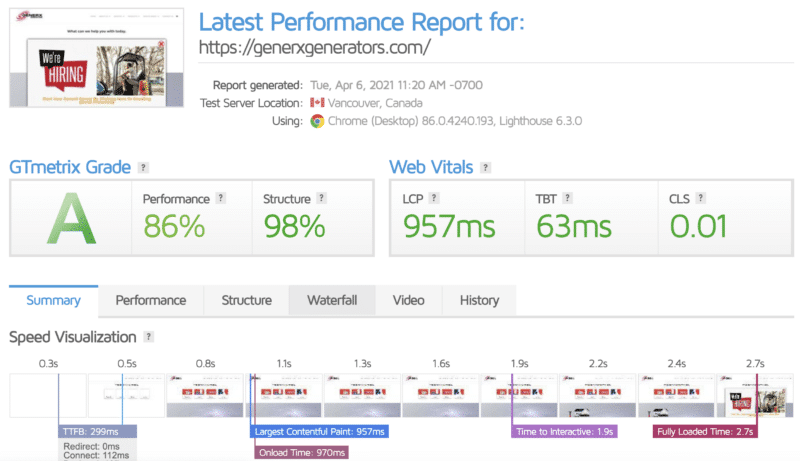
Contact Us
You already have enough on your hands with running a business — it’s not fair to expect you to optimize a website as well. Instead of trying to do two jobs, why not let a WordPress page speed optimization service manage your technical needs? At Lead to Conversion™, our team of SEO experts employs speed optimization tactics to make sure your website offers the best experience possible. Be prepared for Google’s Core Web Vitals update by contacting Lead to Conversion™ and learning more about our services.